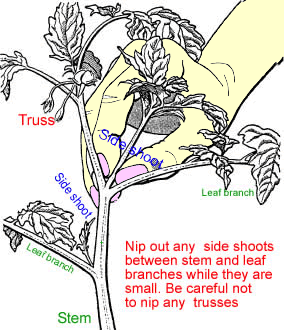This garden season has been a tough on; heavy rains and flooding followed by heat and humidity. Needless to say, the tomatoes are stressed. Fortunately our education gardens are all raised beds, offering a bit of help- their harvests this week have been impressive. Since some have managed to survive long enough to ripen, it's salsa time!
There are two main ways I make salsa at home: stove top and oven roasted. What's the difference? The flavor. Stove top salsas are delicious, simple and quite delicious- with the added bonus of not heating the oven. Oven roasted salsa is distinctly different- enhancing the natural qualities of the fruits and drawing a caramelized yummy-ness that's hard to beat.
Simply Salsa- Stove Top
10 cups chopped tomatoes
5 cups chopped green peppers
5 cups chopped onions
2 1/2 cup chopped hot peppers
(such as jalapeno)
1 1/2 cup lime juice or vinegar
3 cloves garlic, minced
3 teaspoons salt
In a large heavy bottom pot, stir all together mixing very well. Cook over medium heat until the color deepens and the juices thicken (about 30 minutes). Ladle into pint jars (approximately 6) leaving 1/2 inch head space. Process in water bath. 15 minutes. Hint: a food processor is a wonderful friend:)
Simply Roasted Salsa
12 Roma-style tomatoes, halved3 cloves garlic, peeled
2 large onions, quartered
5 hot peppers
olive oil
salt
1 lime
Spread tomatoes, garlic and peppers on a large baking sheet. Drizzle with olive oil and salt modestly. Roast at 425 degrees for 20 minutes or until the onions start to caramelize.
Once cool enough to touch, peel skin off tomatoes before pulsing them in a food processor (with peppers, onion and garlic). Add juice and zest of one lime..stir well before ladling into pint jars (about 3). Process in water bath 15 minutes.
If you are really in a pinch, or if you are cooking with kids, fresh salsa is a snap! I generally use the food processor to get things done quickly. Bear in mind, this can start to 'juice' as it sets- you may want to strain it a bit.
Salsa Fresca (fresh salsa)
5 medium tomatoes
1/4 an onion
2 hot peppers
3 cloves garlic
1 lime
salt and pepper
Seed and chop your tomatoes. Rough chop the onion, peppers and garlic *remove pepper seeds for a milder salsa. Toss them in a food processor, pulsing to incorporate to desired consistency. Juice and zest the lime and stir into salsa with the salt and pepper. Keep refrigerated if you have any left!
Note: this recipe is from Food Heros
A few notes:
- pepper seeds and veins hold the heat- remove for milder salsa
- pepper size also effects heat- larger ones are milder
- green tomatoes can be used, preferably in the cooked versions
- a blender also works for processing the salsas, as does a food mill
- salsa is a great dose of nutrition so put it on everything!
Now grab your favorite tortilla chips or a hearty "Mexican-style" dish and dig in!
























